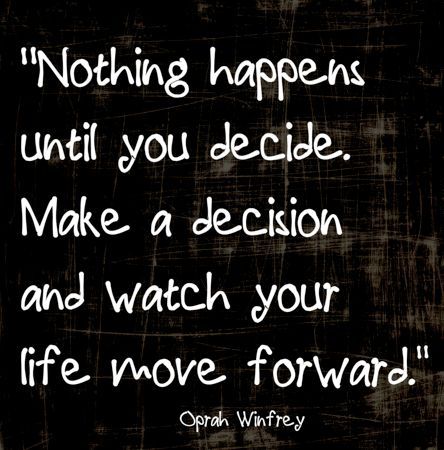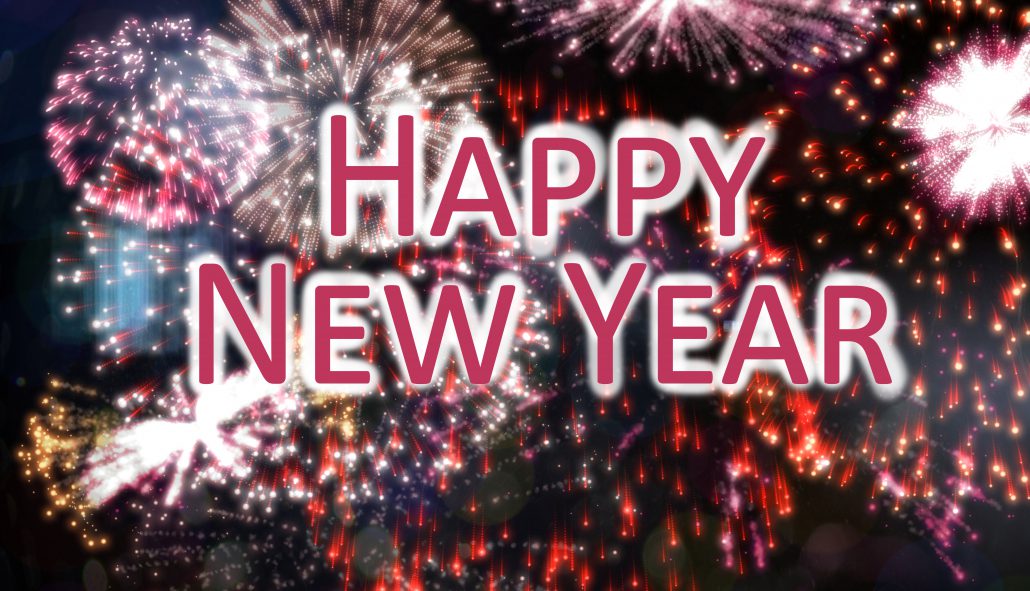When confronted with a new, daunting challenge, many of us have a tendency to say we’ll try.
In the business development context, that might show up as, “Oh, I hate networking, but I know I need to meet new people, so I’m going to try attending the monthly entrepreneur’s meetup.” Or “I know I need to be easier to find online, so I’m going to try to publish a few articles this year.” Or “It’s been a couple of years since I looked at my business development plan, so I’m going to do that and try to get it updated this month.” Or… Well, you get the picture.
Here’s the truth about saying, “I’ll try”:

Sometimes “I’ll try” does mean “I plan to make a legitimate and strategic effort to accomplish this goal.” If that’s what you mean, leave out “try” and just say you plan to do it. Of course, there’s a risk of failure—there’s always a risk of failure—but leaving out the fuzzy word “try” may help to minimize that risk.
I urge an honest and pragmatic approach to business development. So if you aren’t fully committed to undertaking an action (and by fully committed, I mean intending to take planned, strategic, and consistent action), don’t kid yourself. You don’t have to do everything—in fact, you can’t do everything—so acknowledge what you can and can’t do (or will and won’t do) and leave “trying” on the sidelines.




